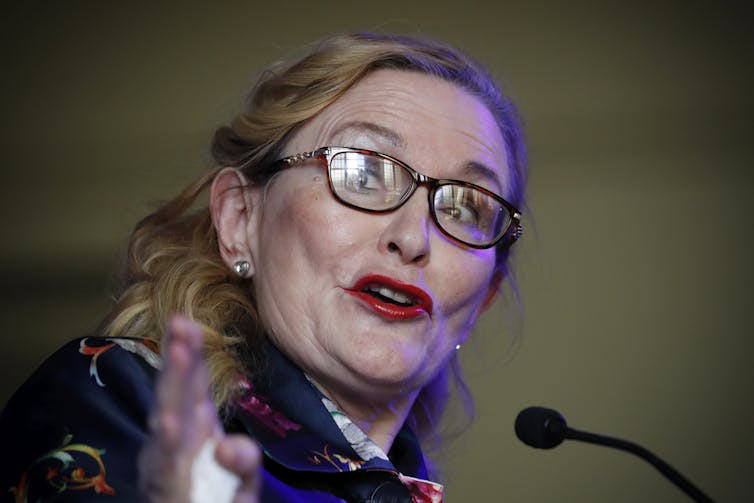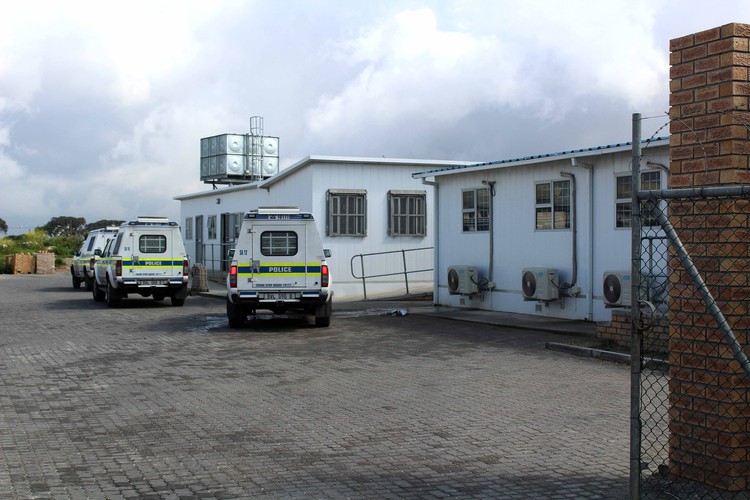
Shutterstock
The world’s population is aging and for the first time ever there are more people over the age of 65 than under the age of 5. This global trend is reflected in many sub-Saharan African countries, including South Africa.
As people age, they experience a number of biological changes. These can include cognitive decline such as the ability to recall certain facts, concentrate or make decisions. Some cognitive decline is normal. But a more rapid or severe decline that affects activities of daily living is not. This can be a result of certain conditions such as stroke, Alzheimer’s disease or other related dementia.
Certain health and behavioural factors can influence the trajectory of cognitive decline. A healthy, balanced diet and regular physical activity make a difference in a positive way. Health conditions that have a negative effect include cardiovascular disease risk factors, such as hypertension and high cholesterol.
Most of the research that’s been done on dementia has been conducted in high-income countries. Little work has been done in Africa. Yet by 2050 the continent is expected to be home to an estimated 72 million people with Alzheimer’s or related dementia.
We set out to measure the prevalence and predictors of cognitive impairment in older rural South Africans. We found that the levels were strongly associated with age, and were similar to those reported by other studies from sub-Saharan Africa and around the world.
We also found that the key factors related to a decline in cognitive function in people over 40 years of age were being a woman, levels of education, marital status and being poor.
What we learned
Our study is the largest ever undertaken on cognitive function in older rural South Africans.
The work was carried out as part of the health and aging in Africa study (HAALSI): a larger study on aging in rural South Africa. The study took place within the Agincourt Health and Demographic Surveillance System, which is located in rural northeast South Africa and run by South Africa’s Medical Research Council and the University of the Witwatersrand’s Agincourt Research Unit.
The site is representative of much of rural South Africa and the cohort is currently one of the largest, most well-defined active groups of older people on the African continent.
All participants provided written, informed consent to participate in the study. Participants with treatable medical conditions, such as high blood pressure, were referred to local health facilities.
We interviewed 5,059 adults 40 years and older. We assessed orientation (whether a person recognised who they were, where they were, and what time it was), and immediate and delayed recall of 10 words read out loud.
Overall, 8% of the population had cognitive impairment, with a significant increase in prevalence by age (2% in those 40-44 years older compared to 24% in those 75 years or older). This is similar to the limited number of other studies in sub-Saharan Africa. The same trends are seen around the world. But direct comparison can be difficult due to differences in the tools used to measure cognition and the different composition of study participants.
Drivers
We found that the factors that made the biggest contribution to people’s cognitive function included being a woman. Nine percent of the women had poor cognition, versus 7% of men. Other factors included being poor and the person’s level of education.
Other studies have shown that formal education creates “cognitive reserve”. This is the idea that people’s ability to deal with cognitive tasks differs. People with increased cognitive reserve may have better cognition later in life. We wanted to see what the effect of limited or no education was on cognition in the South African context.
We found a strong correlation between the level of formal education and cognitive score. Those with no formal education performed worse than those with some primary education. This was true of both men and women at all age groups. Those with some primary education, at all ages, performed worse than those with some secondary education.
Women with no formal education had lower cognitive scores than men. However, the difference in cognitive scores between women and men disappeared in those who had any form of formal education. This suggests that even poor quality education may positively affect later life cognitive function.
When it came to health factors, we did find an association between HIV and hypertension and higher cognitive scores. This surprising finding needs further research. A history of physician-diagnosed stroke, angina or heart attack was associated with lower cognitive scores.
What next?
Over the next four years, we will continue to follow the participants. Our aim is to characterise the cognitive function and trajectory in the cohort more carefully. We will do this by using technology such as neuroimaging. This involves looking at changes to brain structure and size. We will also be using more refined cognitive assessments delivered on a tablet.
And we will look at the effect on cognition of social factors, such as the size of social network and amount of social interaction, and biological factors, such as changes in brain size and structure as well as the presence of certain biomarkers.
By understanding the rate of decline and the factors affecting it, we can begin to think about possible ways of intervening.
As the global and African population ages, levels of cognitive decline and dementia will increase. Studies such as ours can provide useful information that will allow clinicians, researchers and policymakers to understand the burden better. Importantly, interventions can be developed with the aim of enabling every person to age more gracefully.
Ryan G Wagner, Research Fellow, Wits School of Public Health, University of the Witwatersrand and Darina Bassil, Research associate, Harvard T.H. Chan School of Public Health
This article is republished from The Conversation under a Creative Commons license.



